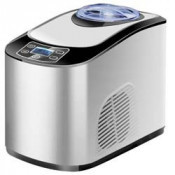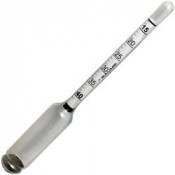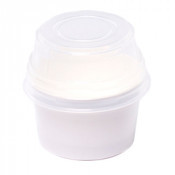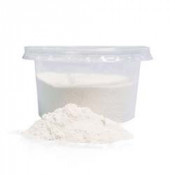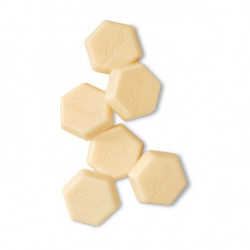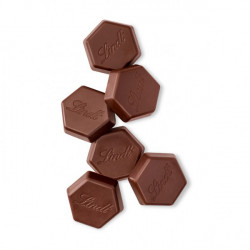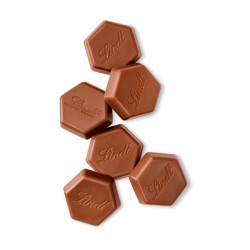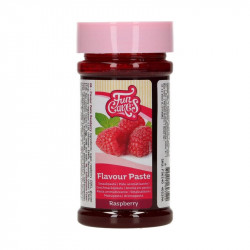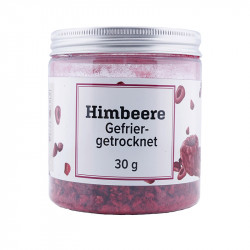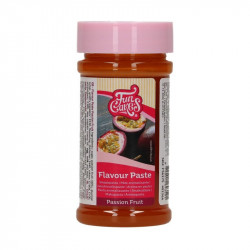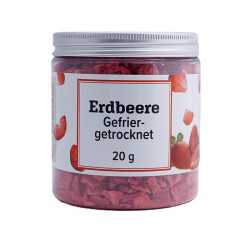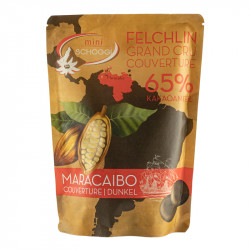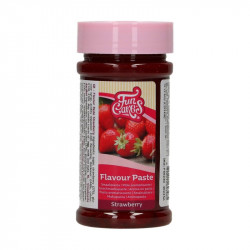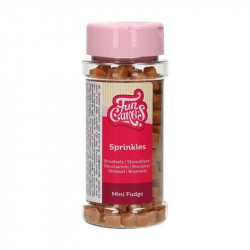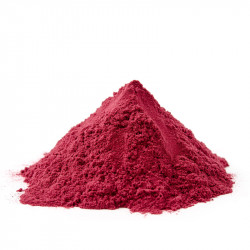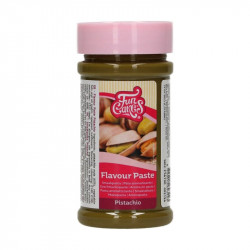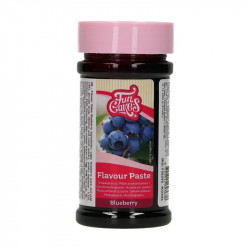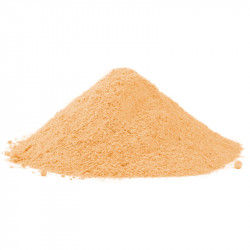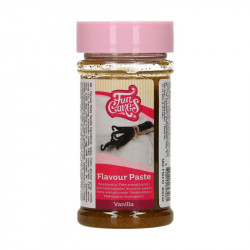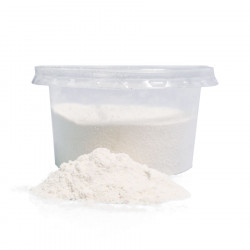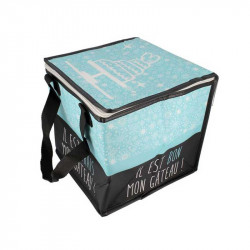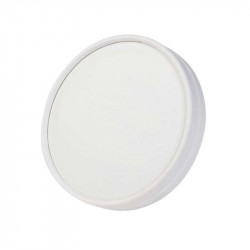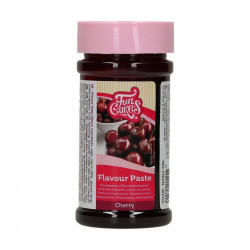-
MenuBack
-
Online Store
-
-
-
-
-
Leer
- Couverture
- Temperature control units
- Aids for chocolate
- Chocolate molds
- Praline fillings
- Chocolate ingredients
- Praline hollow body
- Chocolate colors
- Chocolate tattoos
- Chocolate packaging
- Bean to Bar
- Material for cutting chocolates
- Batons with Kirsch
- Airbrush for chocolate
- High Heels Accessories
- Textured films for chocolate
- Chocolate fountain & fondue
-
-
-
-
-
Kuchen & Torten
- Cakes Fillings & Ingredients
- Fondant & Marzipan
- Cakes tools
- Cake rings
- Silicone molds
- Baking pans for cakes
- Cake stand
- Cakes packaging
- Airbrush for cakes
- Sugar flowers accessories
- Cake Topper & Wedding Figurines
- Cakes dummies
-
-
-
-
-
-
-
-
-
-
-
-
-
-
-
-
-
-
-
-
-
-
-
Füllungen
- Baking chocolate
- Glucose & Sorbitol
- Cocoa beans
- Cocoa nibs
- Monin syrup
- Champagne & Alcohols
- Freeze dried fruits
- Cake & cake glaze
- Flours & baking ingredients
- Chocolate coating & chocolate
- Milk powder
- Granules
- Nuts & Nougat
- Fruit puree
- Creams & Fillings
- Egg yolk & egg white
- Fruit powder
- Special ingredients
- Fondant & Flower Paste
-
-
-
-
-
-
-
- Punching, cutting & embossing
- Mixing bowls & whisks
- Chocolate material
- Thermometer & Burner
- Gloves & Protective Material
- Smoothing & Modeling
- Roll out bar
- Dough scraper & horn
- (Flour) sieves
- Cake turntable
- Spatula & Spatula
- Silicone embossing molds
- Insert strips & cake slices
- Brushes & Tweezers
- Measuring cup
-
-
-
-
-
-
-
-
-
Ausstechformen
-
-
-
-
-
-
-
-
-
Courses
-
-
kurse
- Current courses
- Praline courses
- Chocolate courses
- Chocolate kiss course
- Macaron courses
- Cake courses
- Baking courses
- Patisserie courses
- Ice cream course
- Guetzli, Cookie & Confectionery Courses
- Bread courses
- Pasta courses
- Apéro course
- Cupcakes courses
- Éclair course
- Courses in Zurich - Adliswil
- Children's courses
-
-
- Team Events
- Hen Night
- Retail Store
-
About Us
-
-
-
DirectionsDownload relevant PDF now.
-
-
-
Recipes blog
-
-
Recipes Blog
-
-
-
Shipping and Payment
-
-
Versand/Zahlung/Impressum
-
-
- Online Shop
-
- Novelties
- Sale
- Chocolate and chocolates
- Couverture
- Temperature control units
- Aids for chocolate
- Chocolate molds
- Praline fillings
- Chocolate ingredients
- Praline hollow body
- Chocolate colors
- Chocolate tattoos
- Chocolate packaging
- Bean to Bar
- Material for cutting chocolates
- Batons with Kirsch
- Airbrush for chocolate
- High Heels Accessories
- Textured films for chocolate
- Chocolate fountain & fondue
- Couverture
- Gifts Cards
- Stencils & Stencils
- Cakes & Pies
- Ice cream
- Bread
- Macarons
- Hearty
- Recipe booklets & books
- Cupcakes
- Dessert
- Cake Pops
- Edible decorations
- Fillings & Ingredients
- Glucose & Sorbitol
- Cocoa beans
- Baking chocolate
- Cocoa nibs
- Monin syrup
- Champagne & Alcohols
- Freeze dried fruits
- Cake & cake glaze
- Milk powder
- Flours & baking ingredients
- Chocolate coating & chocolate
- Granules
- Nuts & Nougat
- Fruit puree
- Creams & Fillings
- Egg yolk & egg white
- Fruit powder
- Special ingredients
- Fondant & Flower Paste
- Food Colors
- Auxiliary means
- Spouts & piping bags
- Fondant, marzipan, flower paste
- Bakeware
- Aprons & Potholders
- Cookie cutters
- Season
- Candles
- Party accessories
- Tableware
Ice cream
Unterkategorien
There are 125 products.
Active filters
Make ice cream yourself
Things to know about Cremeglaces
Cremeglace is popularly understood to mean an ice cream for the production of which milk or milk mixed with cream as well as sugar and eggs are bound to form a cream before freezing. The binding in a cremeglace is achieved by adding egg components, primarily the egg yolk, and heating to at least 82 °C.
In addition, the cream ice becomes better by adding binder and letting the boiled cream "mature". This is done by leaving the mass in the refrigerator at 5 °C for a day (at least 6 h), which makes it even creamier. This results in an even better binding of the water and fat molecules.
The milk or the milk-cream mixture is the actual freezable substance of the ice cream.
The addition of cream makes the ice cream of higher quality, because the fat content has been increased, which leads to a better melting. The eggs are responsible for the binding. The sugar serves on the one hand as a sweetener and on the other hand the amount of sugar also determines the firmness of the ice cream.
Cream ice cream, heavy cream ice cream, milk ice cream and ice cream
In detail, the Food Act distinguishes between cream ice cream, heavy cream ice cream, milk ice cream and ice cream.
The primary difference lies in the fat content of the respective blend as well as the total dry content, which is effectively the portion that does not consist of water or "hidden" water. For the sake of simplicity and because this distinction is not common in the language, it is omitted.
For ice cream, for example, the specification is that the mixture must have at least 3% total fat content and contain no more than 70% water. This also includes the "hidden" water, for example in the milk, cream, butter, eggs or fruit. Furthermore, the fat-free ingredient content must be at least 8%, which is, for example, fruit content in the form of purees or creams.
Why is it necessary to measure temperatures during production?
By heating the base mass, existing microorganisms of the ingredients are primarily reduced by pasteurization, partly killed or inactivated. As a result, the shelf life of the ice cream is extended and even more delicate ingredients can be processed in the ice cream. Heating the base mass to 86 °C massively reduces the number of germs and already kills a large proportion of possible microorganisms. Primarily, possible molds and yeast germs, which occur on practically every natural product, are also rendered harmless.
As soon as the 86 °C has been reached, the base compound must cool down again to 4 °C as quickly as possible. During the cooling process, however, the last ingredients such as butter at 70 °C and the binder at 40 °C must still be added. It is therefore important that the temperature is checked regularly. As soon as the binder has been added, the base compound must be cooled down to 4 °C as quickly as possible.
In the refrigerator or freezer, the possible growth of bacteria is reduced to a minimum or, to a large extent, even completely suspended. However, bacteria are not killed, so from now on special attention should be paid to the clean and hygienic way of working.
Interesting facts about sorbets
Sorbet is a frozen ice cream made from fruit juice or fruit puree, water and sugar.
In addition, any alcohol can be added shortly before the end of the freezing process. To make the sorbet creamier, condensed milk can also be added.
In the case of sorbets, the binding is not achieved by adding eggs and heating, but by adding the sugar syrup. The correct sugar content of the sugar syrup plays a decisive role, as it ultimately influences the firmness of the sorbets. In addition, the addition of glucose to the sugar syrup delays crystallization.
The addition of sugar to water as well as fruit puree or fruit juice changes the relative density of the mixture. By measuring the relative density, the amount of sugar in the mixture can be elicited and this is measured in Beaumé degrees for sugar solutions. The Beaumé scale is therefore very important in the production and processing of sugar solutions and has been used since 1768.
The optimum Beaumé level for freshly cooked sugar syrup is 30 °Bé (°Bé = Beaumé level) measured warm/hot. As soon as the syrup is cooled down and additionally mixed with water, fruit puree or fruit juice, the measured Beaumé degree should be 17 °Bé. However, this may vary depending on the sweetness of the fruit in question. A Beaumé degree (measured cold) between 15 and 18 °Bé is optimal. If the Beaumé degree is too high, it must be lowered again with water. If the Beaumé degree is too low, it must be increased again by adding additional syrup. Sugar inhibits freezing, which means that the less sugar there is, the harder and more crystalline the sorbet will be. Accordingly, it is more difficult to form beautiful sorbet balls.
What to do if the beaumé level is too low?
If the beaumé level is too low, it must be increased again by adding syrup until the desired °Bé is achieved.
What to do if the beaumé degree is too high?
If the beaumé level is too high, it must be reduced again by adding water.
What can happen if you do not measure the beaumé degree?
The Beaumé degree determines the firmness of the sorbet at the end. Therefore, if the Beaumé degree is not measured, on the one hand the appropriate firmness of the sorbet is not given and on the other hand it varies with each production, so that an identical reproduction of the recipe becomes impossible.
The higher the Beaumé degree, the softer the sorbet, because the sugar has a freeze-inhibiting effect and thus makes the sorbet softer.
However, this also means that your own creation melts correspondingly faster.
Why do you need binders in sorbet?
The binder is responsible for the binding in the sorbet and also slows down the crystallization of the sugar in the sorbet, which guarantees a higher quality. Larger sugar crystals are one of the biggest quality problems in the production and of course in no way desirable.
Why is condensed milk also added to the sorbet?
The addition of condensed milk significantly improves the texture, making the sorbet creamier, which gives it a higher quality and less "watery" appearance.
If the addition of condensed milk is not desired, for example for people with a lactose intolerance, a lactose-free condensed milk can be used or the addition can simply be omitted, because the condensed milk has hardly any influence on the taste.

